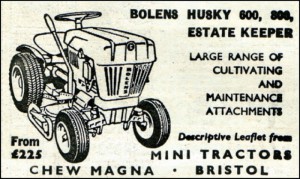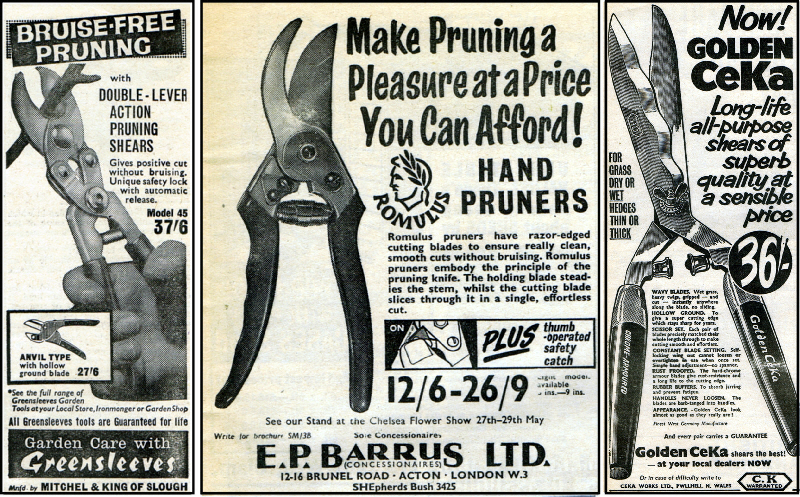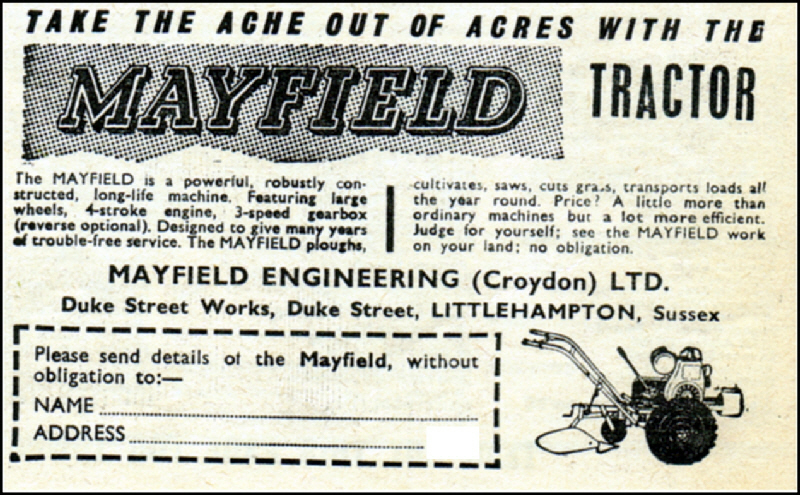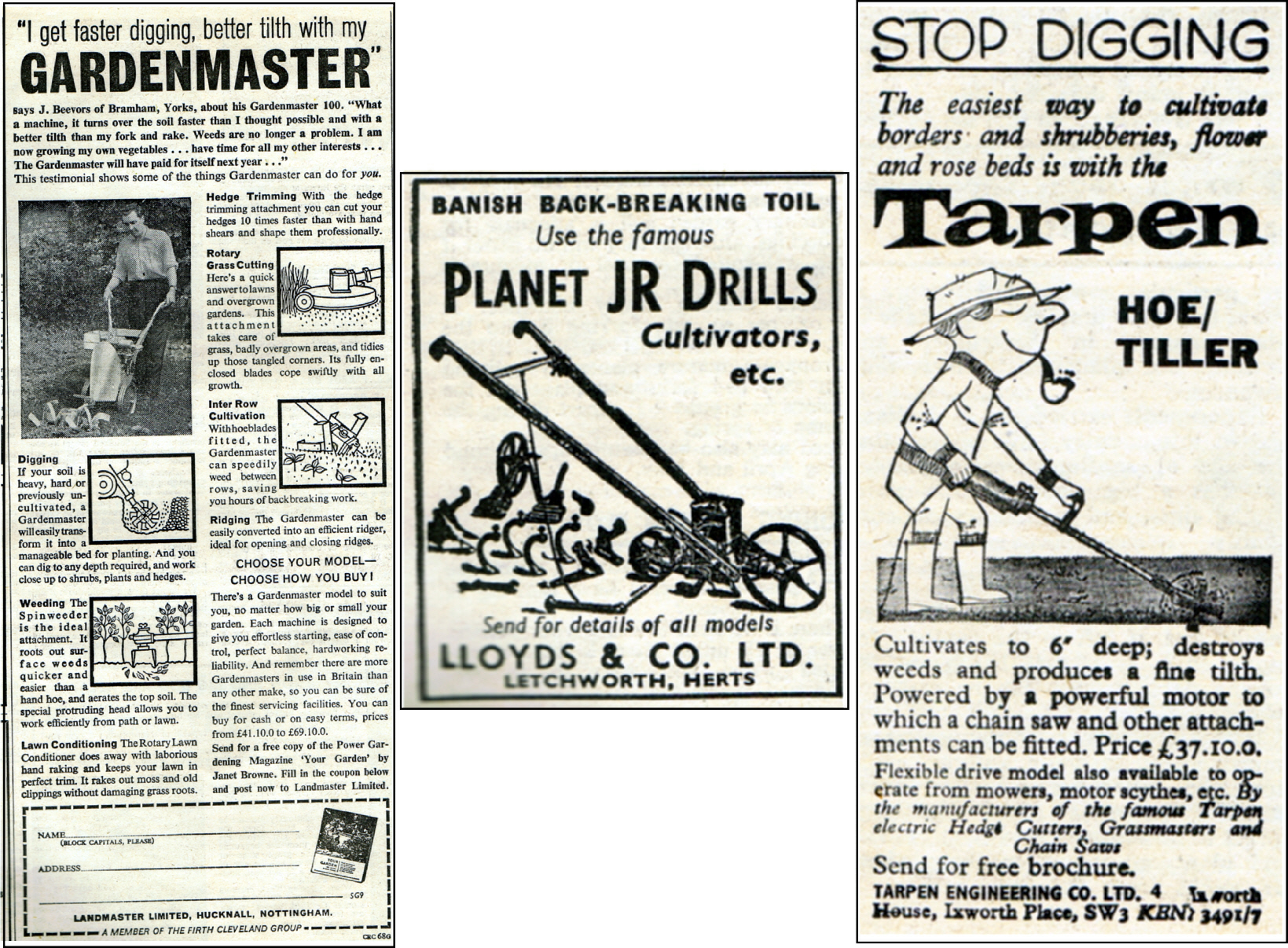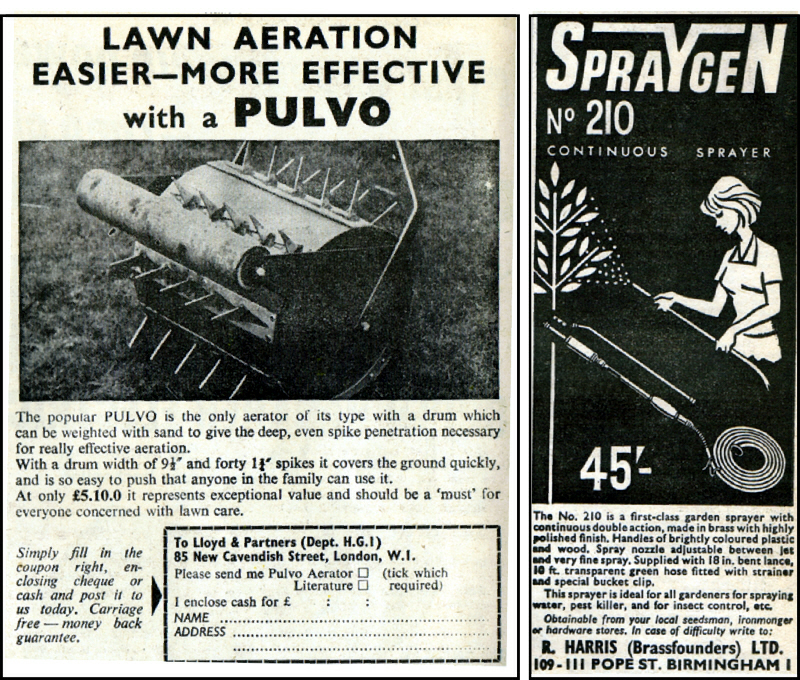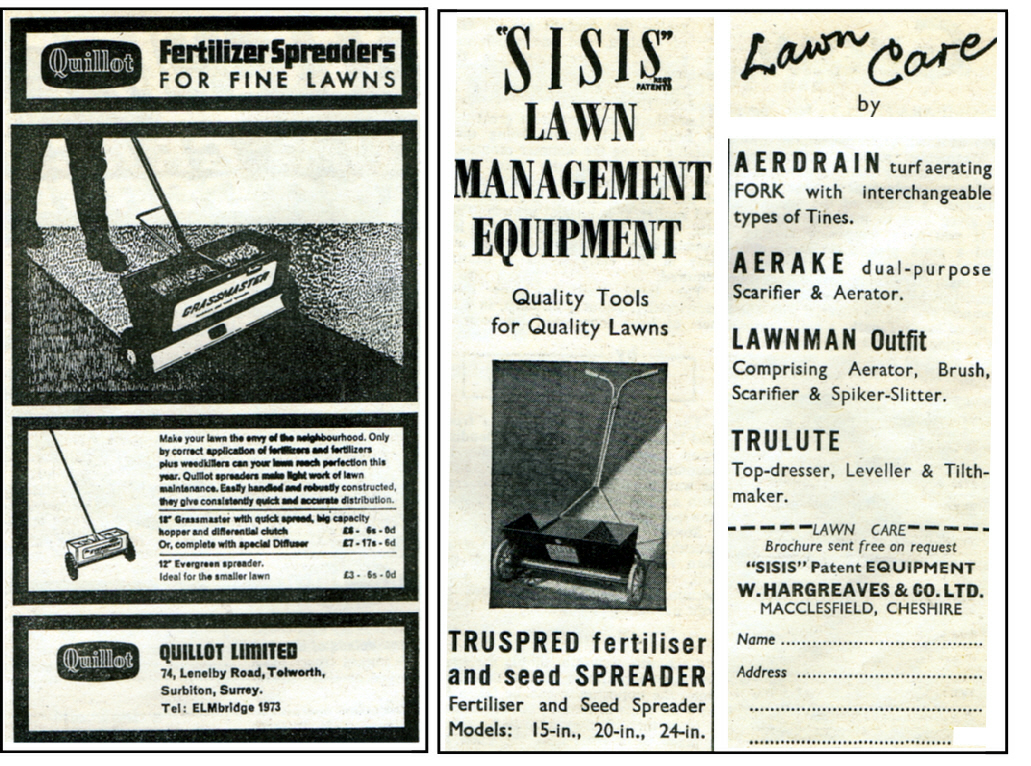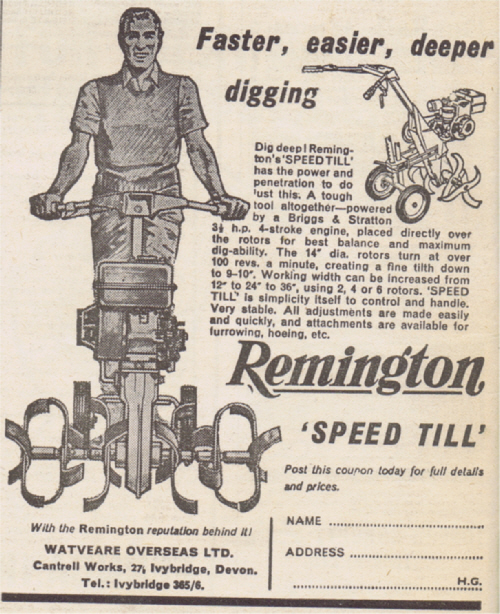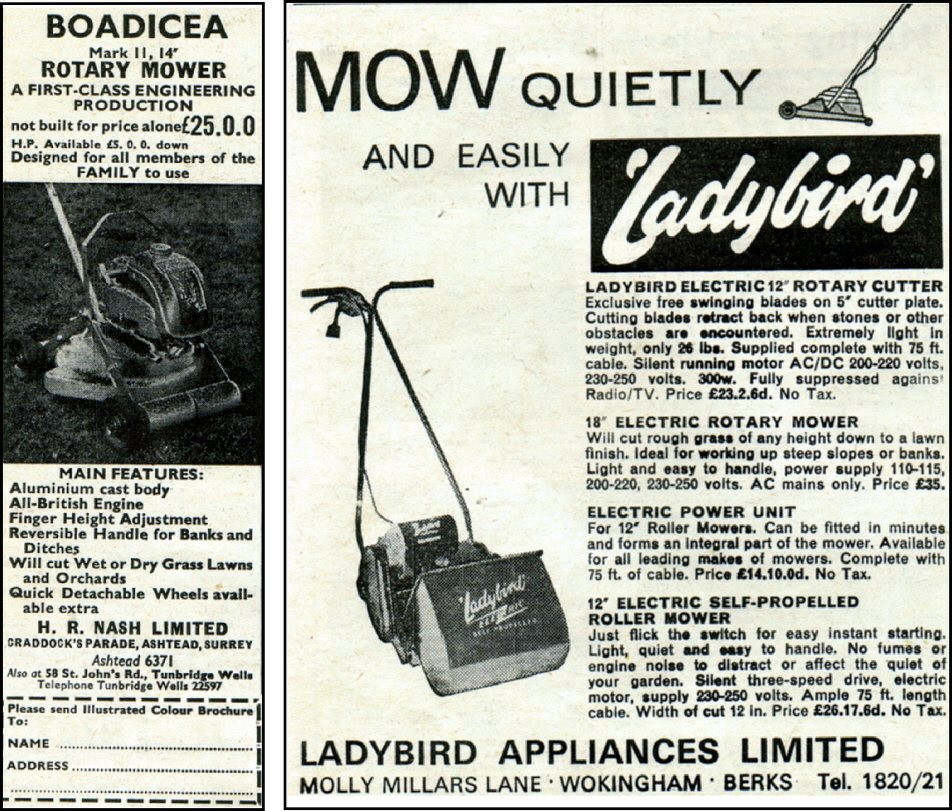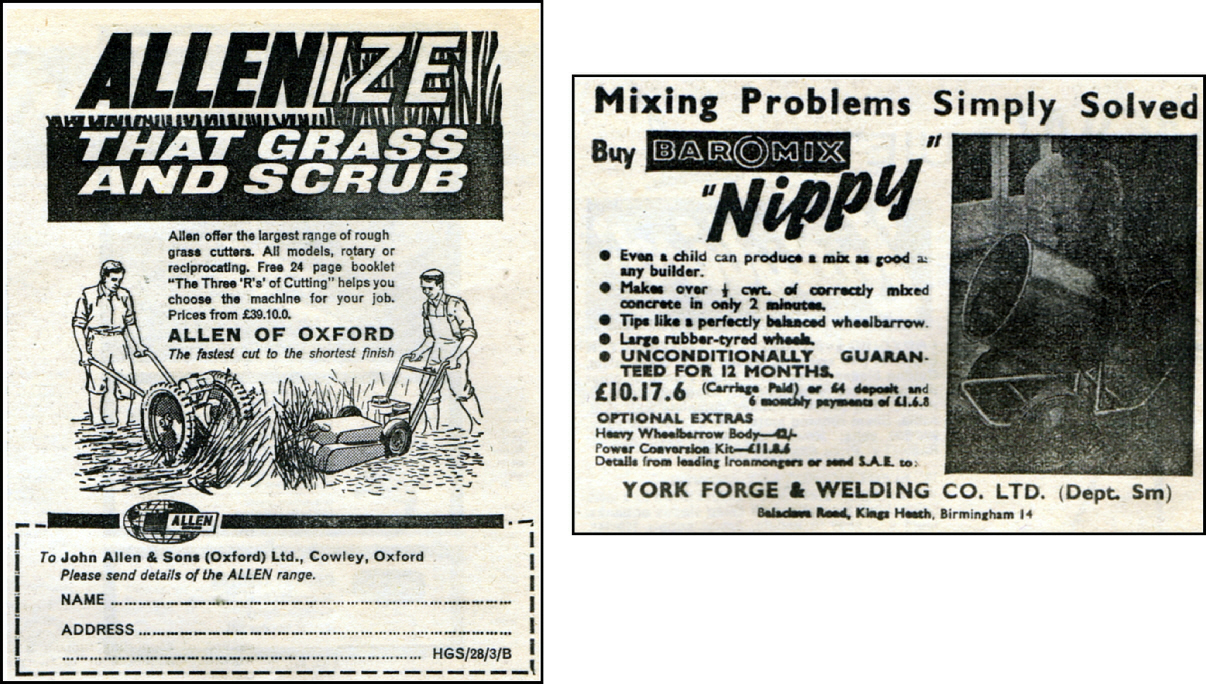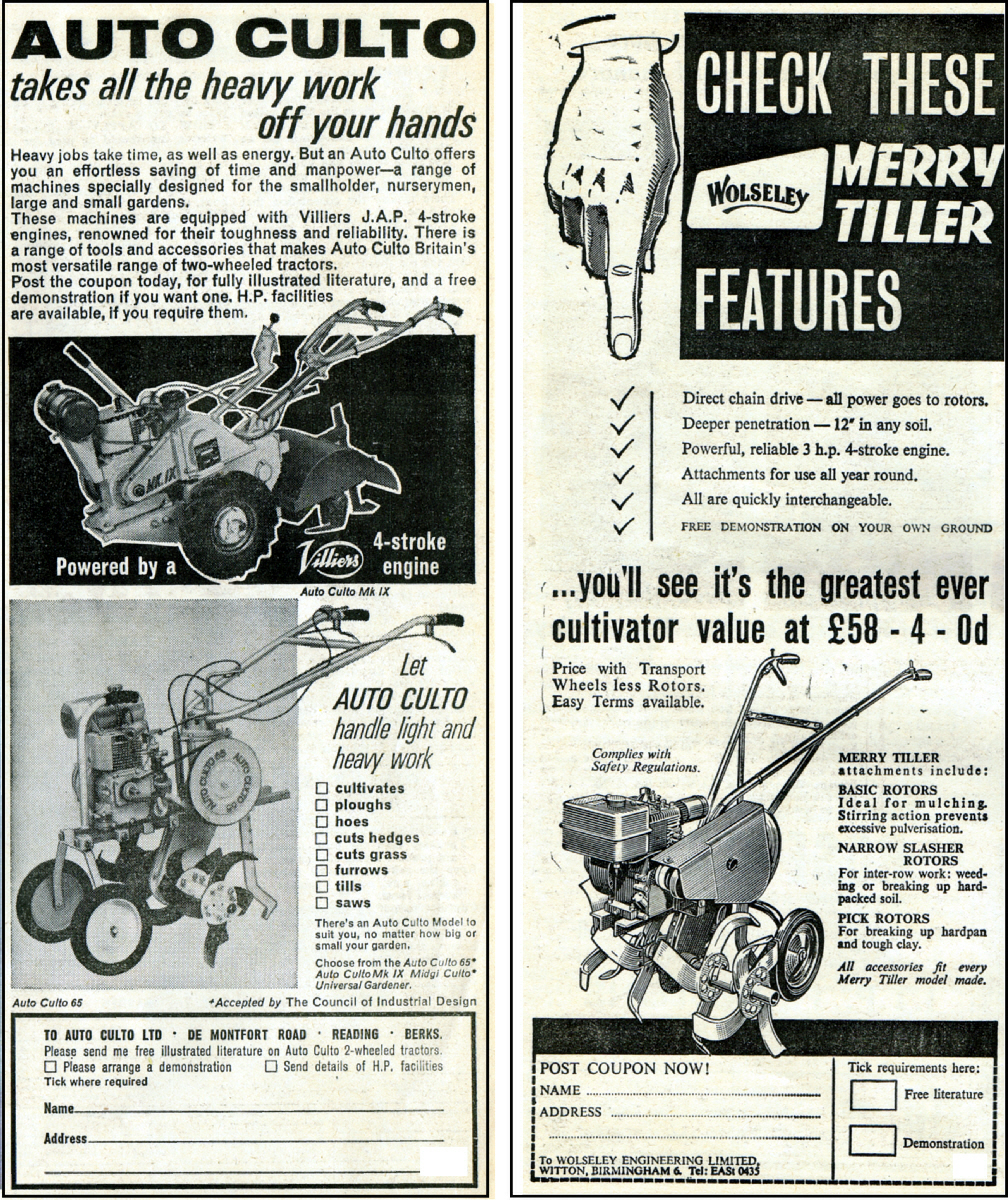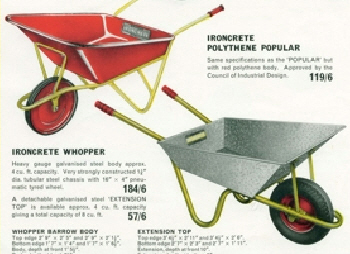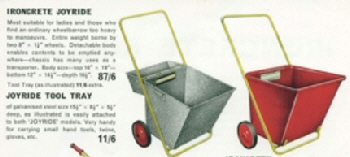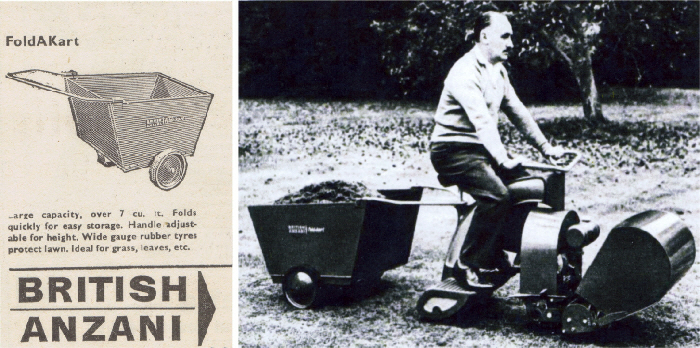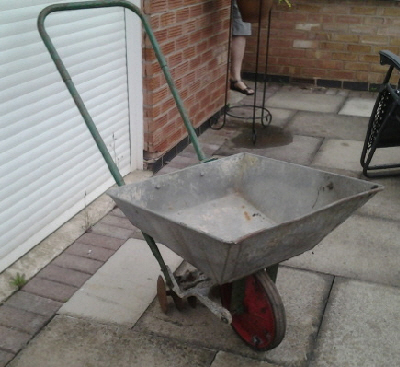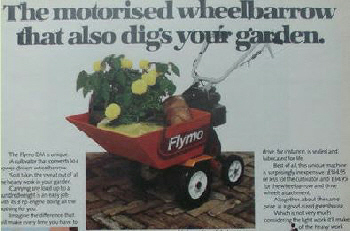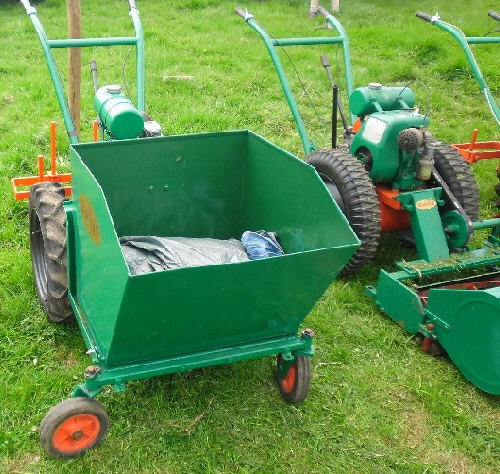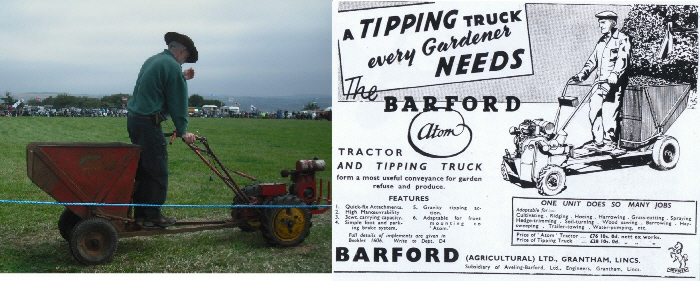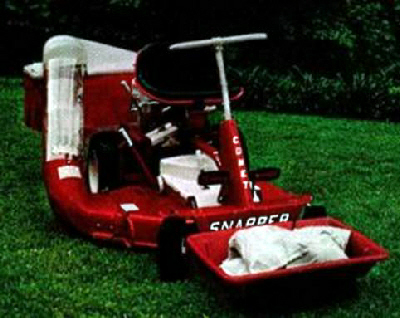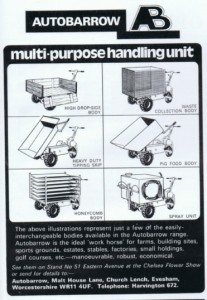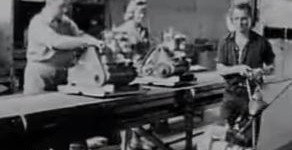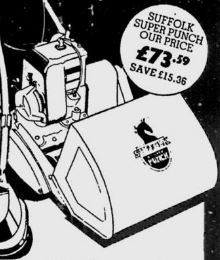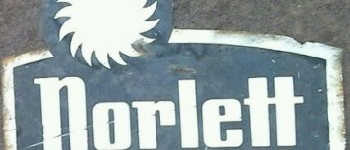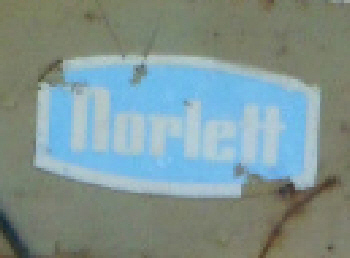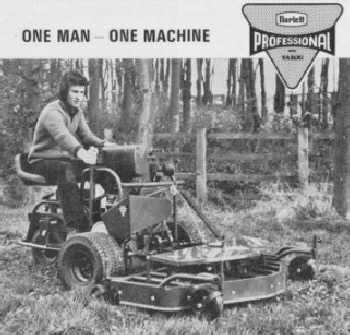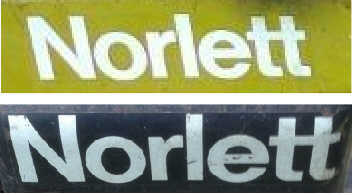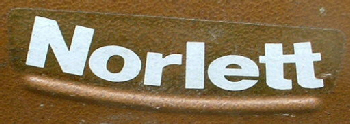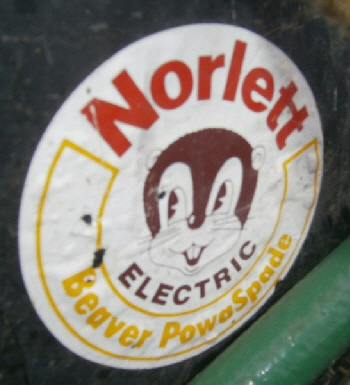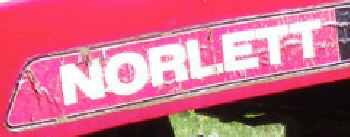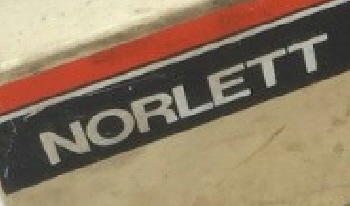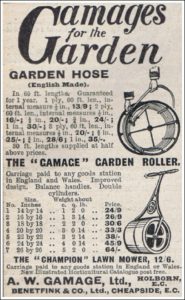
Chances are that for many VHGMC members a bit of tinkering about with machinery in the workshop may be on the agenda over the Christmas and winter period. As we all know most of the powered machines we collect, use and tinker with now wouldn’t have been around a century a go although, to be fair, there was probably some very clever people considering some working ideas.
I’ve got a copy of ‘The Gardener’ magazine dated 1st January 1910 (and the entire year throughout 1910 as well) and it’s interesting looking back at what tools and equipment was or more obviously wasn’t available. Bear a thought then for those gardeners over a hundred years ago who lacked the tools and machinery we have today.
In the early 1900’s gardening magazines were still tilted towards the bigger house and garden where a gardener(s) would be employed yet they were also inspiring the home gardener too. ‘The Gardener’ magazine has an almost excessive list of hands-on manual garden jobs to be done throughout the entire year.
Amateur gardening at this time was gathering pace and looking for perfection, this can easily be seen by the multitude of gardening adverts tempting gardeners to invest in every conceivable gadget, sprayer and chemical to keep the bugs at bay and achieve spectacular results in the flower and vegetable gardens at the risk of poisoning themselves into the deal. Looking through the many 1910 adverts in the magazines; lawnmowers were mostly of the push-along variety, powered tools were a far-off dream, mechanisation in the average garden was mostly limited to wheeled hoes with various attachments, seed drills and hand-powered equipment and on bigger gardens some horse or pony power. Whatever the job forward planning was of vital importance, there was no popping down to the local tool-hire centre to borrow a rotavator or other machinery on a weekend to speed up the process and make things easier, we are incredibly privileged to have the powered machinery and tools we have today.
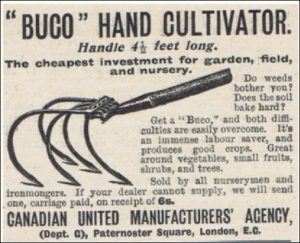
According to the 1910 gardening magazine what could our gardener potentially look forward to in early January? Although the magazine details everything on a day-by-day basis I doubt anyone followed it so strictly and any mechanised tool would have been welcomed but, outdoor work could begin with trenching, digging and manuring vacant ground as a warm-up exercise for Saturday 1st January. Other possible tasks are to scrape moss and lichen from fruit trees, roll lawns and repair walks and drives, plant new hedges, trim wall climbers and prepare beds for roses. Monday 3rd January allows for a spot of easy gardening in the cool greenhouse where tidying Pelargoniums and Primulas is a must, propagate Chrysanthemums, vaporise Cinerarias, and select and order by post flower seeds from the numerous seed catalogues available. Tuesday lets the gardener relocate to the hot greenhouse to repot Dipladenias, Gloxinias and Achimenes – plants which were incredibly fashionable at the time but have since faded into the background. Exhausting as it is, the list of potential daily chores goes on throughout the year, as to what to grow, what’s in vogue and some new-fangled technique to try – whatever the weather there was something that could or simply must be done in the garden now and the gardening magazines of the day knew what was best for both the reader and their garden and kept them on a very strict line.
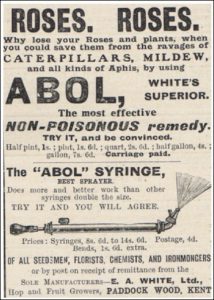
I’m sure the gardeners of 1910 would no doubt be mighty impressed to see the vast array of advanced tools, gadgets and mechanisation that developed through the last century, and also the machines and tools that we have kept, maintained and still use from the past decades. To us they are vintage machines, to 1910 gardeners they would have been a fantastic Christmas gift.
We also have more time to enjoy the garden nowadays, entertaining on the patio, powered tools and mowers in every garden, not to mention a vast selection of vegetables and exotic fruit in the shops all year round that we don’t have to struggle to grow in our own gardens. Who would have thought it – certainly not a gardener from 1910 in a cold garden in January.
Click on the adverts above for a larger, easier to read version.



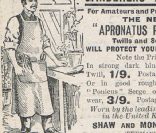
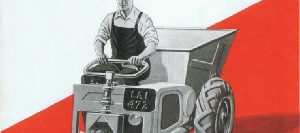
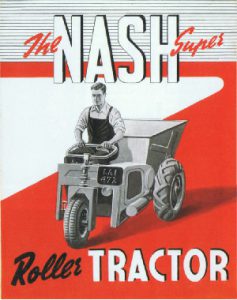
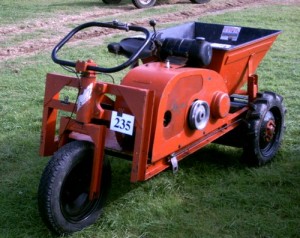
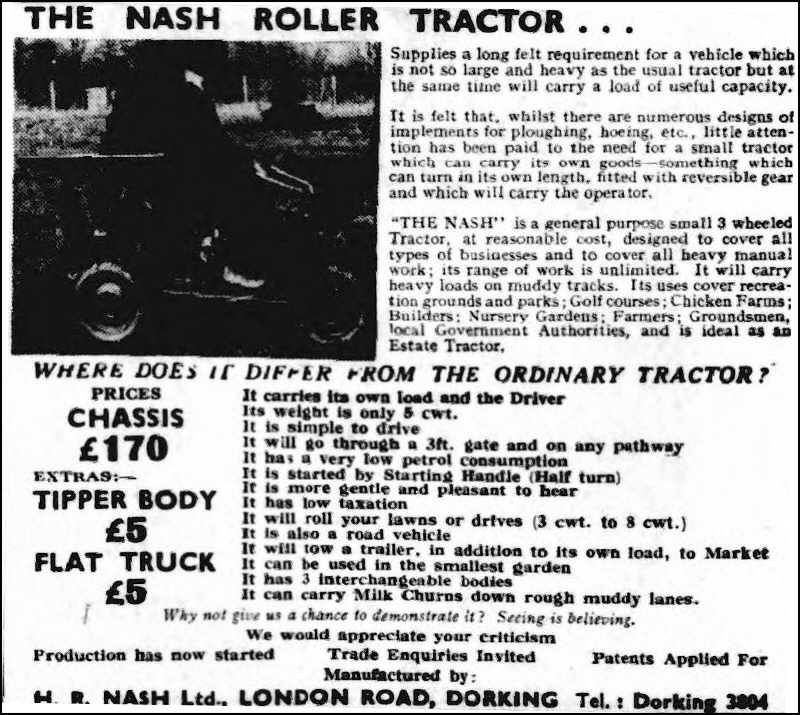
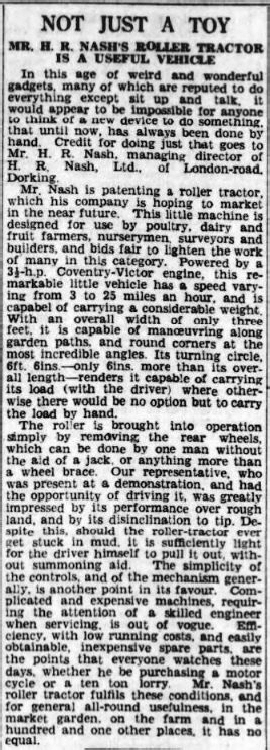
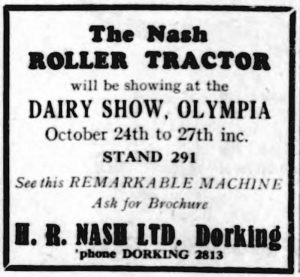
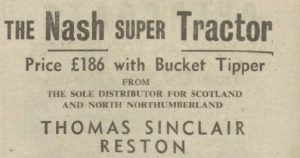
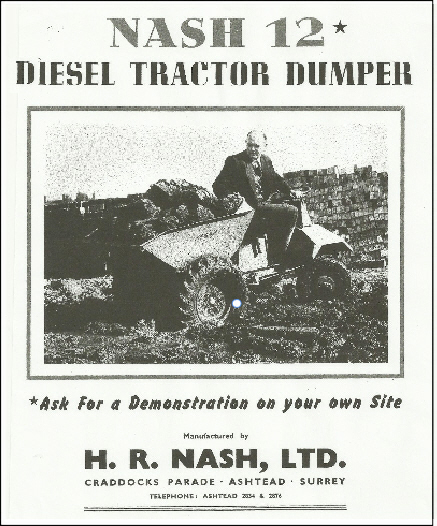

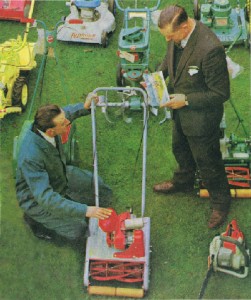 To set the scene and waken some memories 1964 was a notable year as it was when BBC2 started broadcasting, Daihatsu began importing cars into the UK (the first Japanese manufacturer to do so), Donald Campbell was setting world speed records in Australia and the Mini Moke a fun vehicle for the era and built by BMC in Longbridge hit UK roads.
To set the scene and waken some memories 1964 was a notable year as it was when BBC2 started broadcasting, Daihatsu began importing cars into the UK (the first Japanese manufacturer to do so), Donald Campbell was setting world speed records in Australia and the Mini Moke a fun vehicle for the era and built by BMC in Longbridge hit UK roads. 